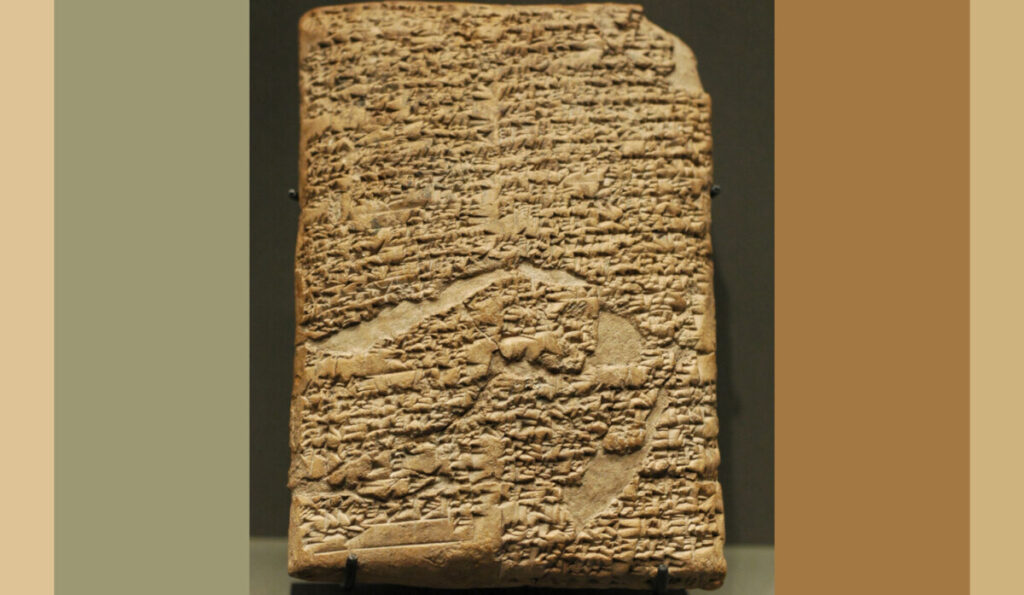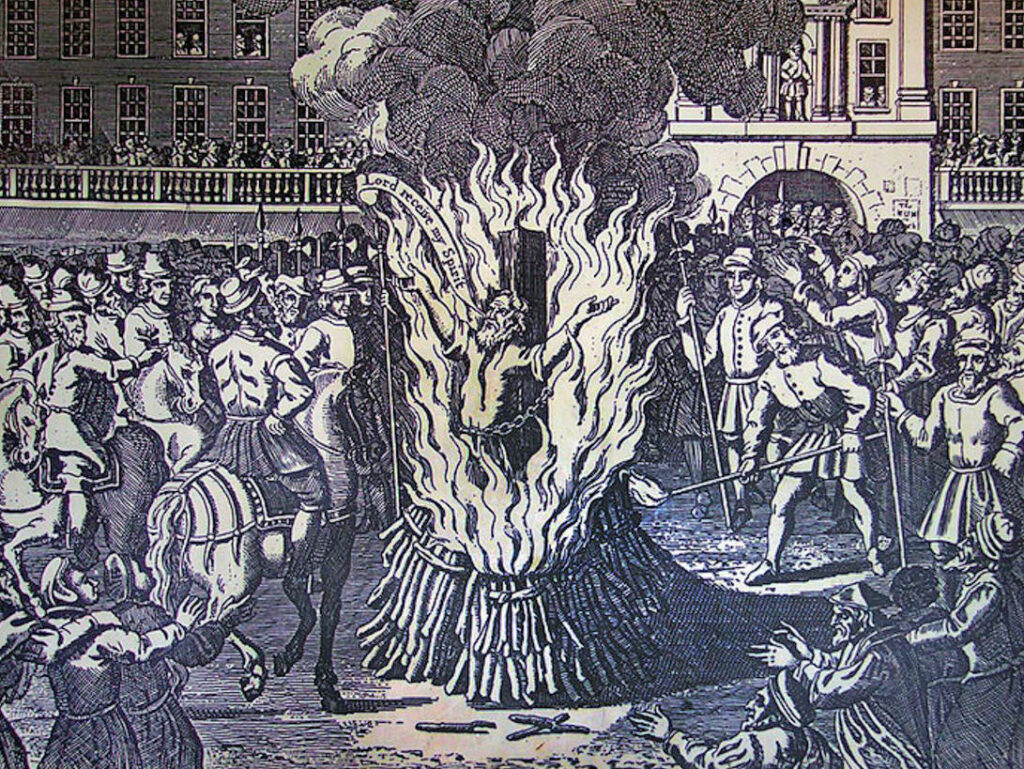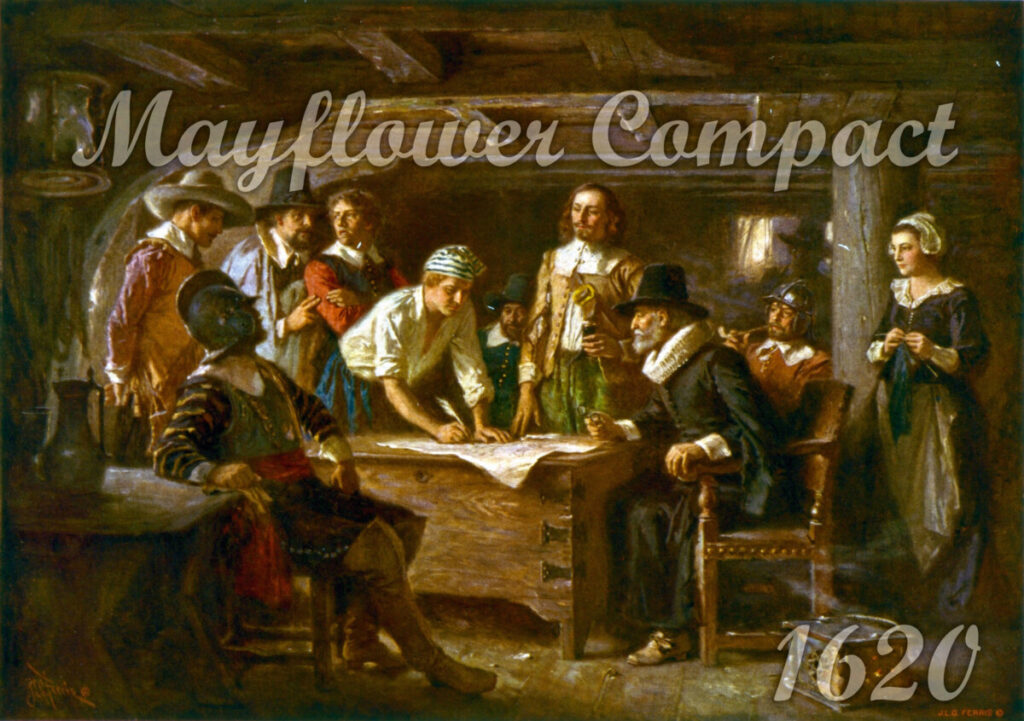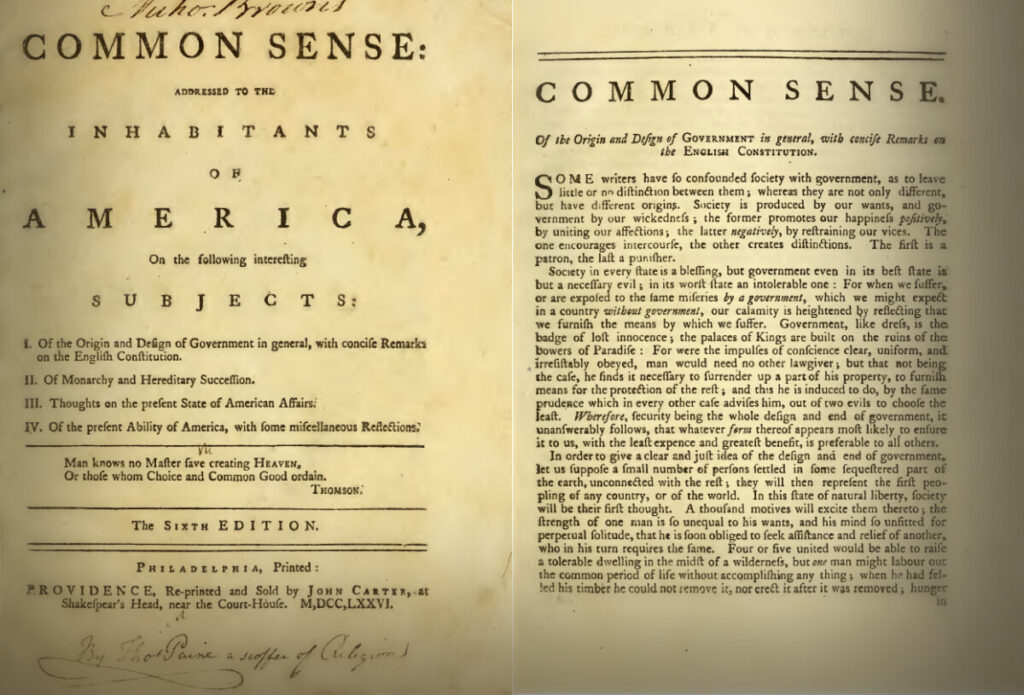Historical timeline of law, legal systems, liberty documents including charters, patents, and constitutions. In modern times, the focus is on American Constitution amendments.
A set of about 300 legal laws written in stone from ancient Near East that withstood the test of time. Hammurabi, the sixth king of the First Dynasty of Babylonian, wrote it in cuneiform in the Old Babylonion dialect of Akkadian. The text itself was copied and studied by Mesopotamian scribes for over a millennium.
Translated examples:
- If a man should blind the eye of another man, they shall blind his eye.
- If a man bears false witness in a case, or does not establish the testimony that he has given, if that case is case involving life, that man shall be put to death.
- If a man bears false witness concerning grain or money, he shall himself bear the penalty imposed in the case.
The Twelve Tables were rules citizens had to follow, and limits on the powers of the government. This idea was used several times during Roman history to force the Patricians, aristocrats, to consider the views of the plebeian citizens, commoners. In 451 BCE, plebeians went on strike to protest the tyranny of magistrates. The Twelve Tables came out of that strike. These bronze tablets were set up in the Forum of Rome for all citizens to see and students to study.
Content examples:
- Table I – when a person is accused of something, both accused and accuser must be present at a trial. If only one party shows up, the judge is free to rule in their favor.
- Table III – debtors have 30 days to pay off a debt. After that, a creditor is free to imprison them.
- Table IV – approval to put to death a dreadfully deformed child.
- Table V – all women, except Vestals (virgin priestesses), must have a guardian regardless of age. The guardian had no say in her private matters, but did guide her public matters especially matters of money.
- Table VI – a man’s will is binding.
- Table VIII – lists specific punishments for specific crimes. And, a person who fails to show up as a trial witness, can never again be a witness. And, a person shown to have lied in court will be put to death.
- Table IX – judges who have taken a bribe as well as anyone committed of treason will be put to death.
- Table XI – prohibits marriages between plebeian (aristocrats) and patrician (commoners).
The Magna Carta in 1215 established the following principles:
- everyone is subject to the law, even the King,
- individuals have rights,
- everyone has the right to justice,
- and everyone has the right to a fair trial.
The Magna Carta recognized individual responsibility in all, including the King, and it established that the law “should” be applied to everyone equally. Although King John got the pope to void the Magna Carta only 10 weeks after signing it, it was reissued several times over the next century and became a seminal legal document when Sir Edward Coke used it extensively in the 17th century. (Sir Edward Coke was a mentor to Roger Williams.)
More Info
Less than two years after the original Magna Carta, the core of the Magna Carta was reissued in “The First Great Charter of King Henry the Third”, granted November 12, 1216–the first year of his reign. This was the first time the Magna Carta was willingly signed by a King. And, King Henry III created the first parliament which was needed because of the need to hear counsel from the barons prior to acting–per the Magna Carta.
Bartholomew Legate was the last man burned at the stake in Smithfield where Roger Williams grew up. Just like Roger’s father, Bartholomew was in the clothing industry and may have interacted with Roger’s father at his shop. Either way, Roger Williams was about ten years old when Bartholomew was burned at the stake for simply discussing and debating some of the details of his own Christian faith. Bartholomew was an early “Seeker”, someone seeking truth about his own religion while still believing in the religion generally.
Roger grew up in the Smithfield area where heretics were burned at the stake. This fact may have shaped his eventual decision to leave England for America and his views on the separation of church and state as well as his belief that religion and the lack of religion, is an individual right. Like Bartholomew, Roger Williams would eventually become a “Seeker” sometime in the 1640s.
The Mayflower Compact set out rules for self-governance for the English settlers who traveled to Colonial America aboard the Mayflower ship in 1620. Of the 102 passengers aboard the Mayflower only 41 were Pilgrims. It was this minority body that established the rules for which they tried to force on all. The majority of passengers disagreed with and fought against the compact for many years–a rough start to American democracy. The document was signed by the 41 pilgrims, non of the other white male adults called “strangers” by the pilgrims signed it.
Mike Prestwood Note: One of the Pilgrims and signers of the Mayflower Compact was my direct ancestor Richard Warren (my 10th great grandpa on my mom’s mom side).
Homann-Rudisill Note: My wife Lisa Jane Unsicker is a direct descendent of 4 Mayflower passengers John Tilley, his wife, and daughter are direct ancestors. Also, John Howland, the future husband of 13 year old Elizabeth Tilley is also a direct ancestor of Lisa’s.
30 Phil, Chapter 24, Locke, Touchstone 63: Law.
Law is one of the three truth hammers because it aims to uncover specific truths using empirical data, logic, reason, facts, and peer review.
30 Phil, Chapter 24, Locke, Touchstone 60: Due Process.
Due process is the procedural safeguard that stands between the individual and arbitrary exercise of authority. It is the legal structure that prevents your inherent rights from being unfairly stripped away. In essence, due process is the set of rules that ensures that if the government—or any other body—wishes to deprive you of your life, liberty, or property, it must do so following an established and predictable method.
In 1644, Williams published The Bloudy Tenent of Persecution. Historians consider it his most famous work. He wrote Bloudy after arriving in London in midsummer 1643. It was on sale by July 15, 1644. It is a fierce attack on religious and political intolerance in both Old England and New. He advocated for free thought and belief because he felt that punishing those that did not believe was not part of his faith and government should be separate from religion. Roger advocated for a “hedge or wall of Separation between the Garden of the Church and the Wilderness of the world” in order to keep the church pure. His ideas raised questions and challenges but his ideas endured over time.
The first TRUE democracy in America. From the charter largely drafted by Roger Williams who was influenced by his mentor Sir Edward Coke who relied heavily on the Magna Carta in legal proceedings.
From Roger Williams’ 1643/4 charter:
…full Power and Authority to rule themselves…by such a Form of Civil Government, as by voluntary consent of all, or the greater Part of them…
Read the full charter here. The date is an English Double Date so Mar 14, 1643/4 is our modern Mar 14, 1644.
In July 1663, King Charles II granted a Royal Charter to the Colony of Rhode Island and Providence Plantations uniting Providence, Warwick, Newport and Portsmouth. It became the State of Rhode Island after the Revolutionary War. John Clarke, who stayed behind after Roger returned in 1654, worked hard and deserves much of the credit.
The 1689 English Bill of Rights was a precursor to our Bill of Rights and is referred to in our law. For example, it is referred to in Scalia’s Heller opinion. The bill outlined specific constitutional and civil rights and ultimately gave Parliament power over the monarchy.
- The monarchy cannot rule without consent of the Parliament.
- Freedom to elect members of Parliament.
- Freedom of speech in Parliament.
- Freedom from royal interference with the law.
- Freedom to petition the king.
- Freedom to bear arms for self-defense.
- Freedom from cruel and unusual punishment and excessive bail.
- Freedom from taxation by royal prerogative, without the agreement of Parliament.
- Freedom of fines and forfeitures without a trial.
- Freedom from armies being raised during peacetimes.
30 Phil, Chapter 24, Locke, Touchstone 61: The Social Contract.
The social contract emerges out of natural rights and civil government. A government formed by the “collective will” of the people specifically to protect these rights. Citizens consent to be governed, but this consent comes with the stipulation that their inalienable rights must be respected and safeguarded.
30 Phil, Chapter 24, Locke, Touchstone 62: Checks and Balances.
For the preservation of individual liberty and the prevention of tyranny, political power must be distributed among different branches of government—executive, legislative, and judicial. It is grounded in the idea that human nature is easily corruptible and concentrating power is dangerous. This diversification embodies the philosophical idea of checks and balances and ensures that no single authority goes unchecked.
The Declaration of Independence expresses the ideals on which the United States was founded and the reasons for separation from Great Britain.
- The right to life, liberty, and the pursuit of happiness (among others).
- People have a say in their government.
Common Sense is a pamphlet published by Thomas Paine in early 1776 advocating independence for the thirteen colonies from England. It was sold and distributed widely and read aloud at taverns and meeting places. Per capita, it had the largest sale and circulation of any book published in American history.
- the distinction between kings and subjects is a false distinction
Of note, Thomas Paine was a self-proclaimed monotheist (believing in one God), but disdained organized religion, proclaiming that his only church was his own mind.
The Constitution is a merger uniting the original 13 states with different cultures and laws. Under America’s first constitution, the Articles of Confederation, the states acted together only for specific purposes. The final Constitution of 1887 united all the states as members of a whole, vesting the power of the people in a Federal government.
The Bill of Rights was written two years after the signing of the Constitution and ratified by three-fourths of the states in 1791. Massachusetts, Connecticut, and Georgia refused. In 1939, the three decliners symbolically sent their approvals to Congress.
Amendments:
1st: Freedom of speech, press, of and from religion, assembly, and the right to petition the government.
2nd: Right to bear arms
3rd: Protection against housing soldiers in civilian homes
4th: Protection against unreasonable search and seizure, and the issuing of warrants without probable cause.
5th: Protection against trial without indictment, double jeopardy, self-incrimination, and property seizure.
6th: Right to a speedy trial, to be informed of charges, confronted by witnesses, witnesses, and legal counsel.
7th: Right to trial by jury
8th: Protection against excessive bail, fines, and cruel and unusual punishment.
9th: Rights granted in the Constitution shall not infringe on other rights.
10th: Powers not granted to the Federal Government in the Constitution belong to the states or the people.
One state cannot sue another. US courts cannot hear cases nor make decisions against a state if it is sued by a someone who lives in another state or country.
12th Amendment: Procedure to elect a president and VP, then updated in 20th Amendment.
Abolished slavery in the United States. Lincoln’s Emancipation Proclamation nearly three years earlier and the Civil War which started nearly five years earlier paved the path forward on this issue.
The 14th Amendment was passed after the Civil War in 1866 and ratified by the states in 1868. It provided all citizens with “equal protection under the laws.” The 14th Amendment bans states from depriving citizens of life, liberty, or property without “due process of law” making the Constitution including the Bill of Rights the law of the land at all levels (a.k.a. “Incorporation Doctrine”). The 14th Amendment made the Constitution, including the Bill of Rights, applicable at all levels of law (state and federal) and to all citizens.
Granted African American men the right to vote, but not Native Americans nor women, by declaring that the “right of citizens of the United States to vote shall not be denied or abridged by the United States or by any state on account of race, color, or previous condition of servitude.”
The Supreme Court ruled that the Bill of Rights does not apply to the states because the Federal government does not have jurisdiction.
“[the Constitution was created] by the people of the United States…not for the government of the individual states.” –Decision written by Chief Justice John Marshall, 1833.
This was the law of the land until the 14th Amendment which was ratified after the Civil War in 1866.
Prohibition started with the 18th Amendment and lasted for just 14 years until the 21st Amendment repealed it in 1933.
Congress granted citizenship to all Native Americans born in the U.S.
Until 1924, Native Americans were not citizens of the United States. Many Native Americans had, and still have, separate nations within the U.S. on designated reservation land.
Even after the Indian Citizenship Act, some Native Americans weren’t allowed to vote because the right to vote was governed by state law. Until 1957, some states barred Native Americans from voting.
Basic Timeline:
- 1787 – Article 1, S2, P3 of the Constitution states, “Representatives and direct Taxes shall be … determined by adding to the whole Number of free Persons…excluding Indians not taxed, three fifths of all other Persons.”
- 1868 – 14th Amendment passed, it declared all persons “born or naturalized in the United States, and subject to the jurisdiction thereof” were citizens. However, the “jurisdiction” requirement was interpreted to exclude most Native Americans.
- 1870 – 15th Amendment passed, “The right of citizens…to vote shall not be denied or abridged by the United States or by any State on account of race, color, or previous condition of servitude.”
- 1924 – Indian Citizenship Act, a.k.a. The Snyder Act, made Native Americans citizens and gave them the rights granted by the 15th amendment. State constitutions and laws still needed to be challenged and changed 1 by 1.
- 1948 – Arizona changes constitution.
- 1965 – Voting Rights Act passed allowing federal enforcement of voting rights.
- 2013 – The Supreme Court guts the 1965 Voting Rights act in a purely partisan vote.
Native American voter suppression continues and is increased by Republicans, the Republican Party, and their supporters.
Outlawed poll taxes as a voting requirement in federal elections. Conservatives used poll taxes to disenfranchise black voters in several states.



























